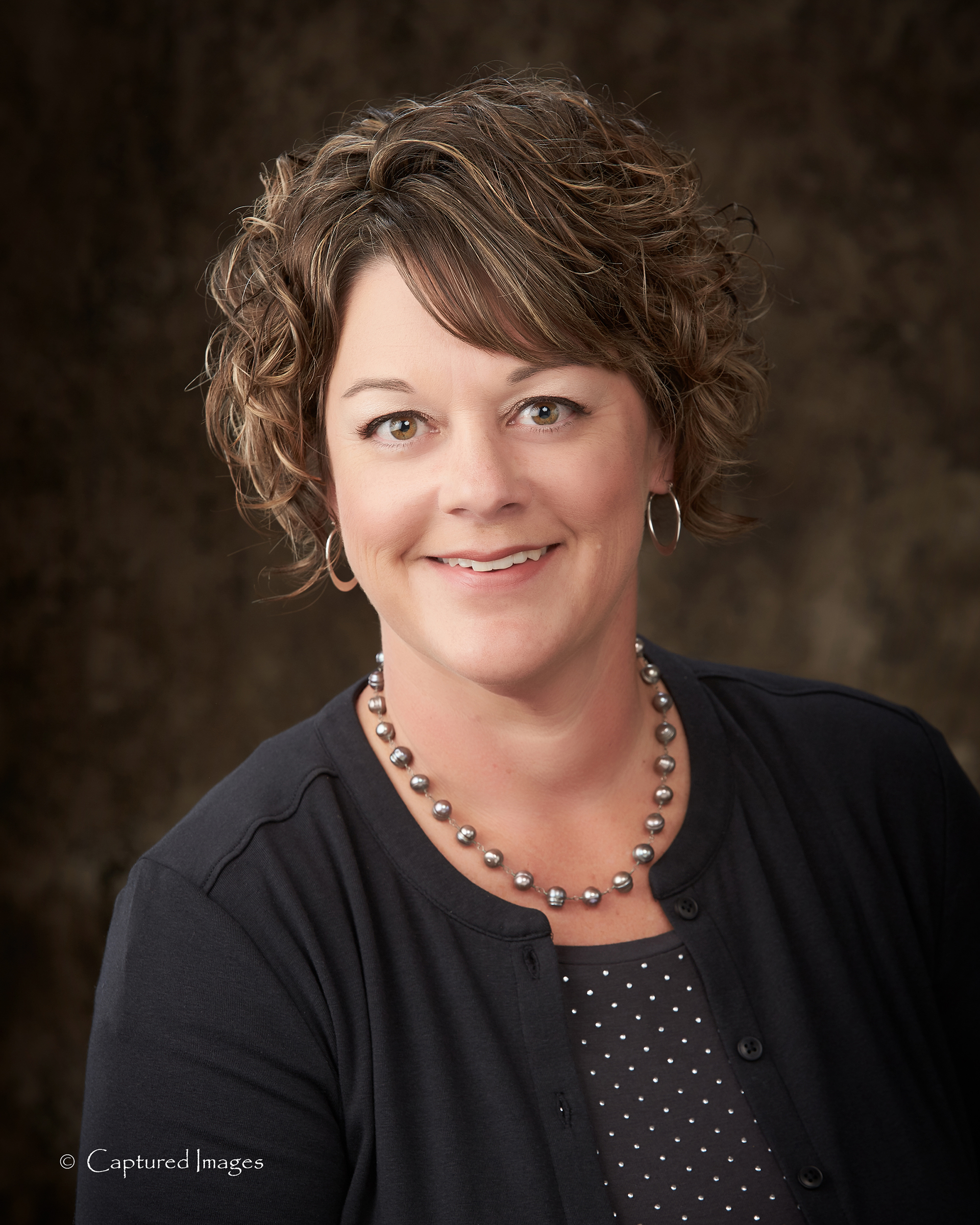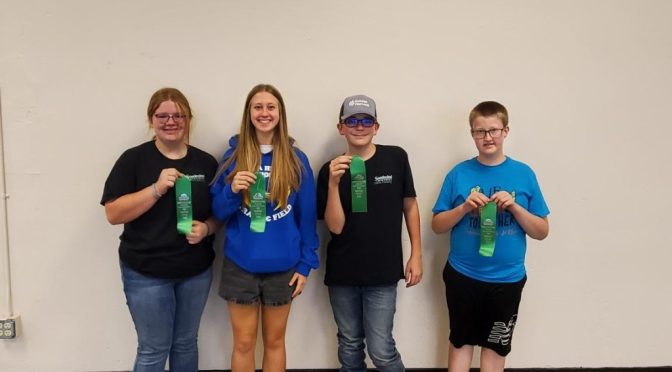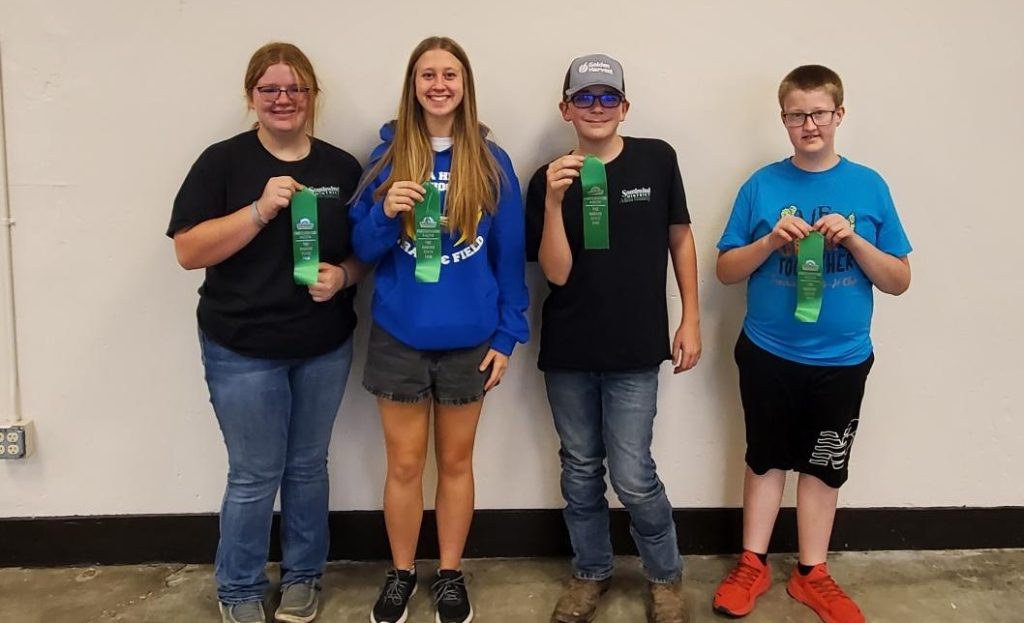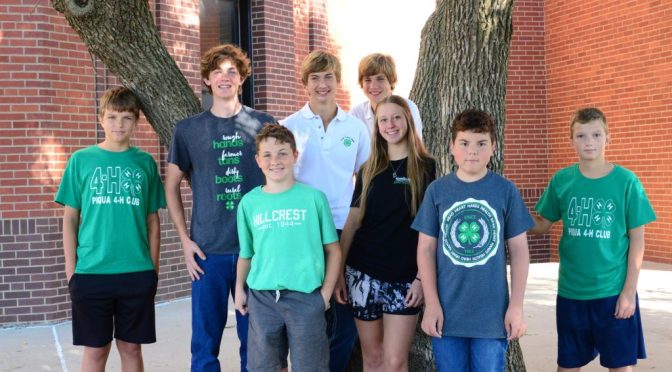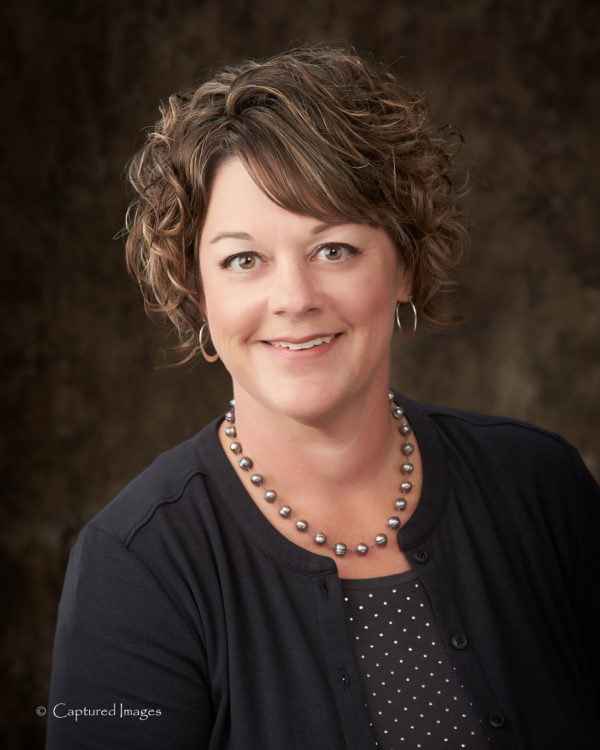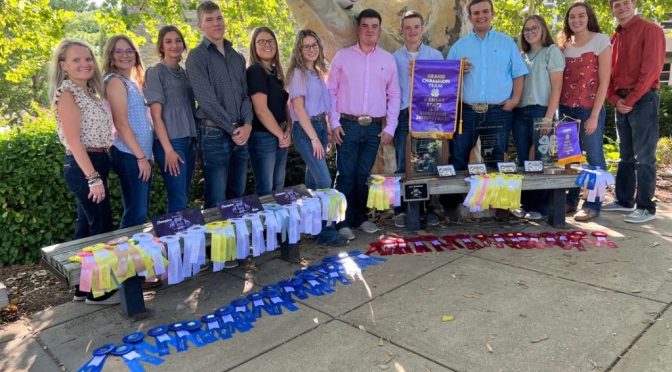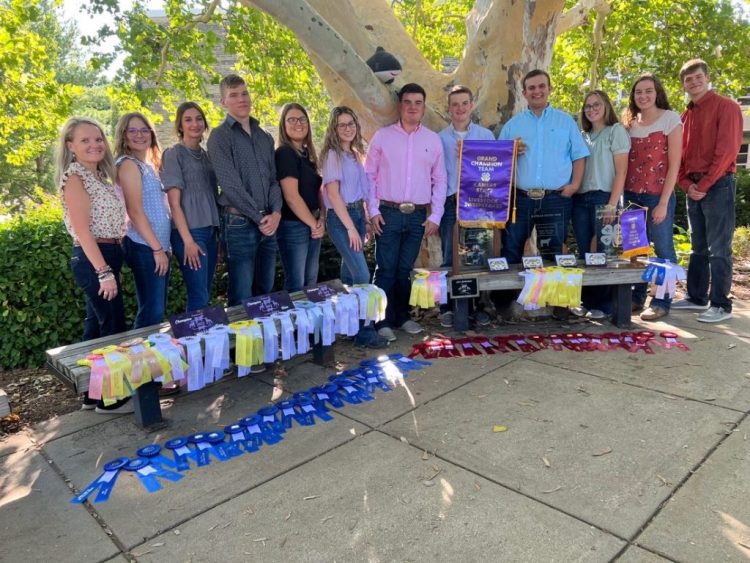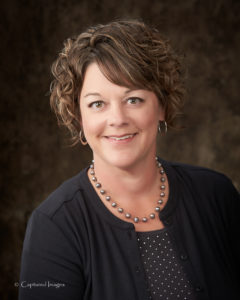
District Extension Agent, Horticulture
Southwind Extension District
111 S. Butler
Erie, KS 66733
Office: 620-244-3826
Cell: 620-496-8786
Tips to Keep Unwanted Pests Out
As the weather cools, it is inevitable that certain outdoor pests are going to try to find their way inside homes. One of the best ways to limit unwanted intrusions of insects or rodents is to deny them entry. It is often easier to prevent entry into a home or building than trying to control them once they are inside.
Here are seven useful tips for pest proofing.
- At the base of all exterior doors, install door sweeps or thresholds. Gaps of 1/16 inch will permit entry of insects and spiders; ¼ inch wide gaps are large enough for entry of mice. The bottom corner of doors is often where rodents and insects enter.
Applying calk along the bottom outside edge and sides of door thresholds will exclude ant and small insect entry. Garage doors should also be checked for bottom seals. A rubber seal is best as vinyl seals poorly in cold weather.
- Utility openings should also be sealed. This includes areas where pipes and wires enter the foundation and siding, around outdoor faucets, receptacles, gas meters, clothes dryer vents and telephone/cable TV wires. Plug holes with caulk, cement, expandable foam, steel wool or other suitable sealant.
- Use a good quality silicone or acrylic latex caulk to caulk around windows, doors and fascia boards. Use a high quality caulking gun. A gun that has a back-off trigger to halt the flow of caulk is best.
- Repair gaps and tears in window and door screens. Doing so will help reduce entry of flies, gnats, lady beetles and other overwintering pests in the fall. However, there are some insects such as hackberry psyllids that are small enough to fit through mesh window screens. The only way to prevent entry of these tiny insects is to keep windows closed.
- Attic, roof and crawl space vents should be covered with ¼ inch wire mesh to prevent entry of birds, bats, squirrels, rodents and other wildlife.
- An exterior (barrier) insecticide treatment can also be applied. Sealing is by far the most permanent way to exclude pests. However, it can be labor intensive and sometimes impractical. For situations like that, an exterior insecticide treatment may be best. You will get the most for your efforts by applying a longer lasting liquid formulation containing synthetic pyrethroids. Read and follow label directions before using any pesticide.
Barrier insecticide treatments should be applied to the base of all exterior doors, garage and crawl space entrances, around foundation vents and utility openings and up underneath siding.
- Pests such as lady beetles are often best controlled with a little manual labor by using a vacuum cleaner or broom to sweep them up.
Krista Harding is a K-State Research and Extension Agricultural agent assigned to Southwind District. She may be reached at [email protected] or 620-244-3826.
K-State Research and Extension is an equal opportunity provider and employer.


